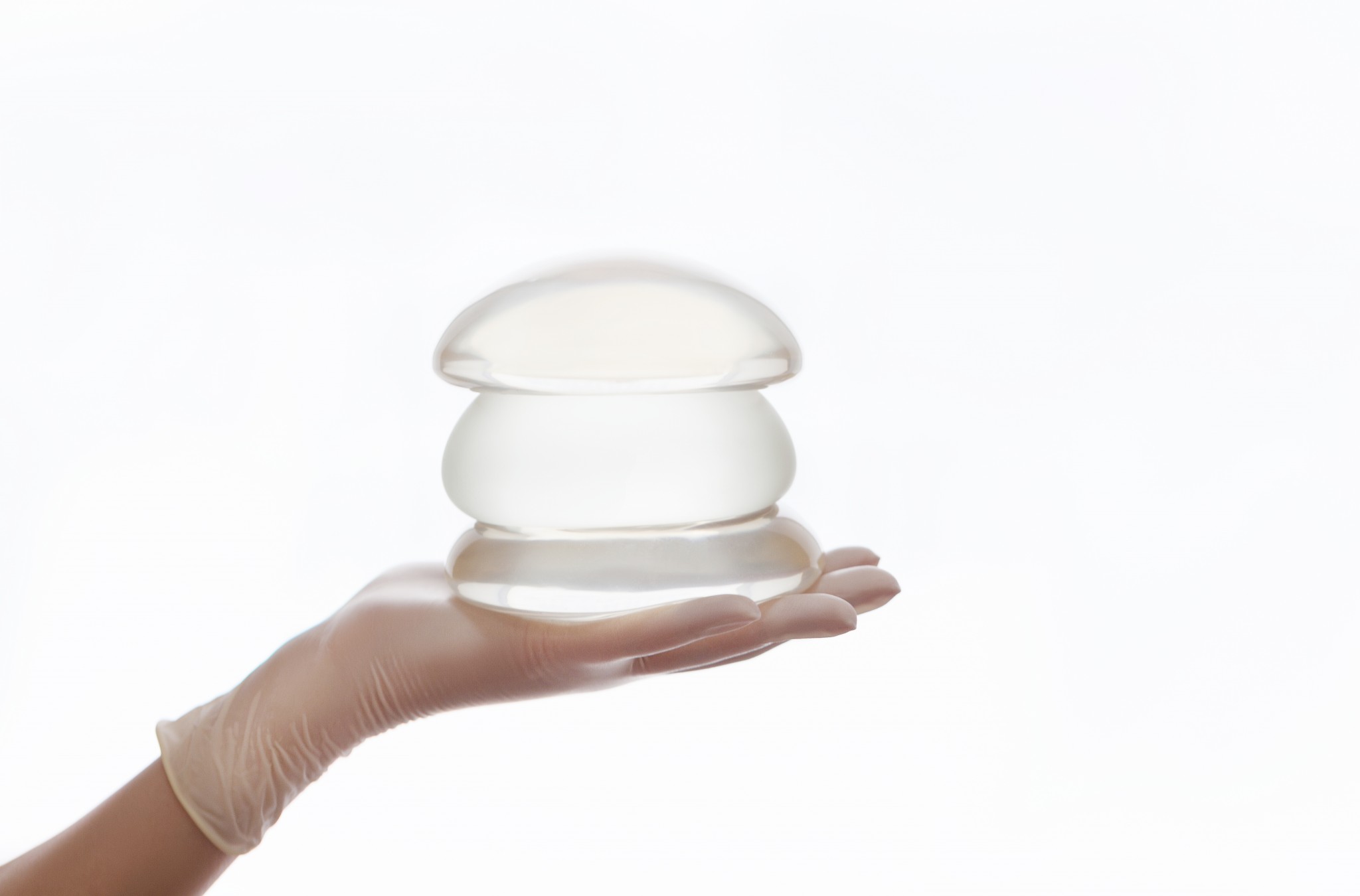
Breast augmentation has become increasingly more popular and with the growing popularity many misconceptions have arisen. I would like to clear some of those.
The first option for women wishing to have larger breasts was to have silicone gel injected directly into the breast. The results were predictably poor as hardening and scar tissue was the likely result. In 1962, a pair of Houston plastic surgeons introduced the first silicone breast implant. It consisted of an outer silicone shell filled with a thickened silicone gel. Although this was a tremendous upgrade from direct injections, the procedure had its own complications. Most of the complaints stemmed from the implants’ firmness.
In response to these complaints the second-generation implant was introduced in the late 1970s. These implants had a thinner shell and less cohesive(more liquid) silicone. Although they solved the problem of firmness they created a leaking issue. At the 10-year mark a high enough percentage of these implants were leaking or completely ruptured that a recommendation came out to have them routinely replaced at that interval (10 years).
It was during this time that allegations emerged linking silicone breast implants to autoimmune diseases, which spawned multiple lawsuits against the manufacturers. In the late 1980s in response to these issues the third-generation implant was introduced. These had a slightly thicker shell and a more cohesive silicone fill. Although these implants solved the high rupture rate problems, the controversy of the implant-induced illness fed by the hunger of plaintiffs’ attorneys pushed the FDA into taking silicone-filled breast implants off the market in 1991, in spite of no data to support such a link.
The only option became saline breast implants, which, of course, still used a silicone shell. In 2006, after reviewing the international research, the FDA deemed that there was no link between silicone breast implants and disease and allowed silicone breast implants to be used once again.
Since that time the implants have undergone tremendous improvement. The current models used are highly cross linked with a thicker shell but are softer with fewer rippling/feel issues. I call these the fourth generation implants and I believe they are the best implants I have ever used. If you cut these implants in half they will maintain their shape, have no bleed, but are remarkably soft with minimal rippling. These new generation implants have such a low leak rate that the manufacturers offer a lifetime warranty for leaks. If one should develop not only do they replace the implants for free but they also pay for the replacement surgery.
Capsular contraction is the greatest risk associated with breast implants. This is a cosmetic issue where the body reacts to the implant distorting it and making it feel firm. This is not a rejection and typically happens on only one side. Although treatable, it requires an additional operation in which the implant is wrapped by a biologic scaffold (typically human or pig skin) to prevent a recurrence. In these situations the manufacturer typically offers the implant for free but the skin itself is not cheap.
Unquestionably this is the highest non-elective reason for reoperation in my practice but, to put things in perspective, in my career I have had to deal with under 200 such contractions in my patients out of 24,000 implant surgeries.
There are other inherent surgical risks such as infections or hematomas (bleeding) but in a clean operation like this these risks are very low. I have only experienced two significant infections and fewer than 10 hematomas in my practice. The other common reasons for reoperation are to change the size of the implant or malpositional issues in which the implants sit in a non-symmetric position.
Lately, there has been a great deal of press about a link to cancer. Lat me clearly state that women with breast implants do not have any increased risk of developing breast cancer, making breast cancer treatment more difficult or receiving later diagnosis. Textured breast implants do, however, have a link to a rare blood cancer called anapestic large cell lymphoma (ALCL). There has not been a single confirmed case of this with a smooth surface implant, which is what is predominantly used today. I, personally, have not used a textured implant in over 10 years. My reasons were primarily for how they look and feel – certainly another good reason to avoid them.
I would like to end this by readdressing the nonexistent link to illness as that is the topic that seems to garner the greatest emotional response. There are women who believe that their breast implants have made them sick. The fact is that autoimmune diseases occur, however the incidence is no greater in women with silicone breast implants than it is with women who have never had breast implants. There are also anecdotal stories of women whose symptoms ceased after the implants were removed. In these situations I believe this is a somatoform illness and unquestionably the removal of the implants would be warranted.
 Dr. Leonard Hochstein heads a Miami-based surgical center dedicated to the safe and comprehensive care of his plastic surgery patients. He has performed over 23,000 breast procedures in his career.
Dr. Leonard Hochstein heads a Miami-based surgical center dedicated to the safe and comprehensive care of his plastic surgery patients. He has performed over 23,000 breast procedures in his career.
View Dr. Leonard Hochstein’s Haute Beauty profile and contact information here.
For more information, visit Dr. Brian A. Levine's social media:

























